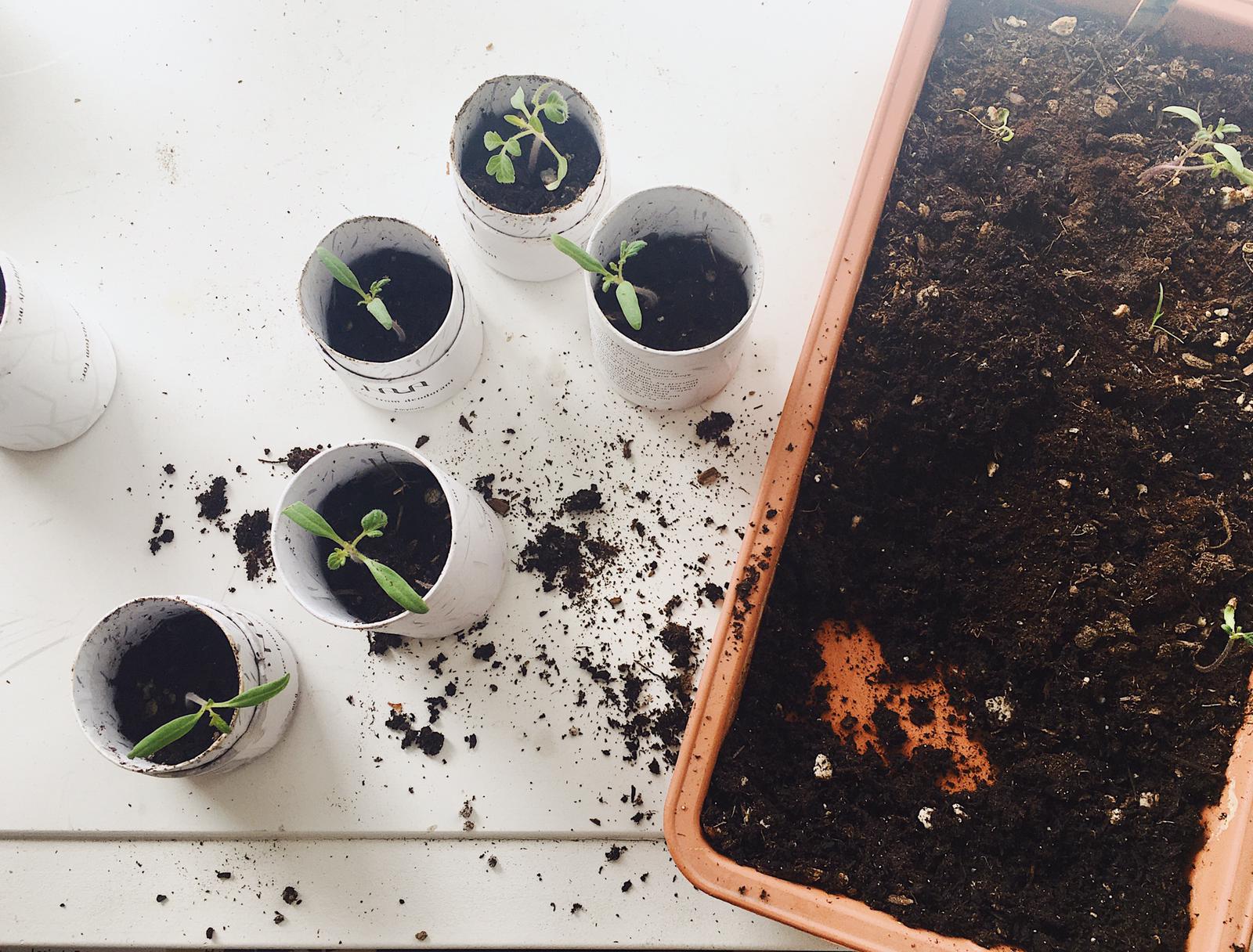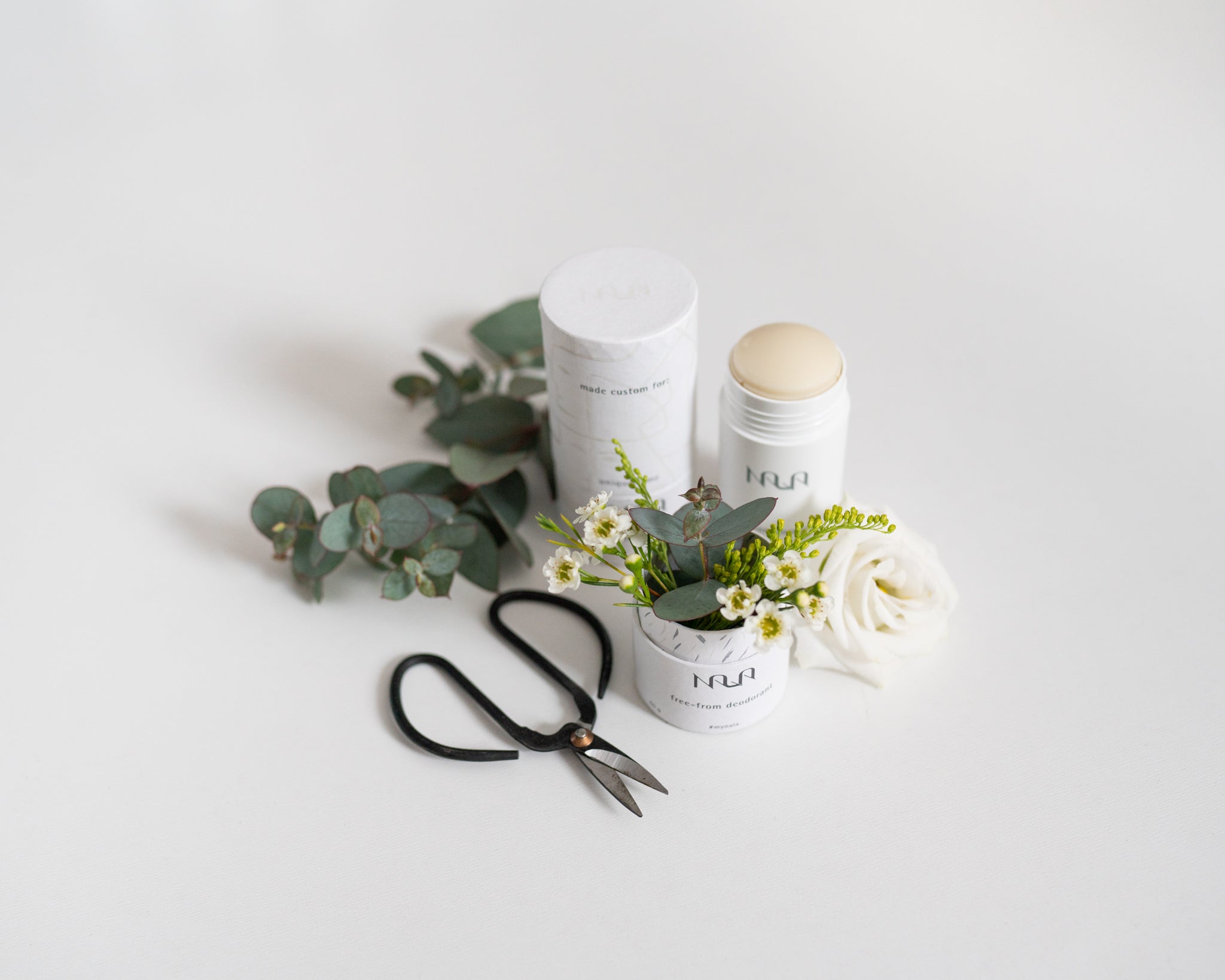Words by: Margherita Porrà
I was 27. The ultrasound technician barely spoke a word to me as she rushed out of the room to discuss my scans with the doctor. She returned only to slap an ID bracelet on my wrist, not once making eye contact, rushing me off to the emergency ward. I refused to go. “Talk to me”, I asked. “Tell me what’s wrong with me” I insisted. Hope fading as quickly as fear tightly bound my chest.
The tumour was large — roughly the size of a cauliflower or the equivalent of being 25 weeks pregnant. The mass, as they referred to it, covered all of my lower abdominal organs, causing the panic of doctors rushing around me. The CT scan was even less informative and almost looked wrong. The only organs it showed were parts of my colon crammed up under my beating heart.
Internally I didn’t have room. Externally it was much the same. I told the first handful of people in my life what was happening by phone, fighting through the silence on the other end as I told them about a 6.6” x 6.5” mass that was now the lead player in my life. I told them what I knew, which wasn’t much.
The liver specialist thought I might fall under their management. The colon team was on me like flies (the irony wasn’t lost on me). Oncology was the last to be called. Countless needles. Even more vaginal exams. I was literally manhandled to tears at one point, and yet, still no answers as to what was going on inside of me.

I was prepared for emergency surgery every day for over a week. The nurse would come in around 8 pm and inform me that the days’ tests were still inconclusive so they couldn’t operate. “Would you like to eat?” she’d ask calmly. My hanger raging and my eyes dictating her next move, she would rush off to get meal service. This lasted over a week, same dance, different nurse.
It was a sunny summer Saturday in August when I was informed that I could go home. “WHAT?! So, you know what is wrong with me?!” Sadly, the answer was no and a swift, “we’ll call you when we do”.
I didn’t have the time to stop and worry if I was going to die at 27. Because, here’s the thing, I didn’t have to. Everyone around me was doing it on my behalf. I was the mirror to their mortality.
My father had flown in from the U.S. to be by my side. I had countless nurses, doctors and techs examine me, treating me like a class one emergency and now I could calmly go home? I was an emotional yo-yo — back and forth between optimism and potential fate. Home, I went to wait it out, dad in tow.
The look in his eyes, burnished into my memory, even now over a decade later. A certain mix of heartbreak and brave positivity. At one point, I screamed at him to stop looking at me that way. It was the look of the deepest love mixed in with an overwhelming fear that was far too familiar to him. He lost his mother when he was just a child and now, now he might lose his own child. I couldn’t go there; I didn’t want to see it.
Looking into his eyes felt like looking into a crystal ball of tragedy, of unlived days, of unheard laughter. Dreams that never leave paper. You have to look away. You can’t go there — to that place of “what if”. It’s not that time. I was in batter’s stance, poised, ready for whatever was coming at me. It was “game hat” period, it was cancer education boot camp land. I needed to be clear of mind and the sharpest I had ever been. I needed to be on the doctors, I had to negotiate my way through the highly skilled and evasive receptionists. I didn’t have the time to stop and worry if I was going to die at 27. Because, here’s the thing, I didn’t have to. Everyone around me was doing it on my behalf. I was the mirror to their mortality.
I knew this depth of feeling couldn’t solely be for my potential loss of life. There was a mixed in layer of “if it could happen to her, it could happen to me”. I played therapist, reassuring everyone. And I was good at it. So much so that the calls and check ins stopped. I told them I was strong so that I had a role to play, so that they could get through it and in turn, I could too. Strong and independent — that was my bumper sticker.
I played therapist, reassuring everyone. And I was good at it. So much so that the calls and check ins stopped.
Their words were never explicit — it was the mood in the conversation, the silence that cut through me, the uncontrollable tears as they uttered through their sobs; “Why you? It’s just not fair”. So, I consoled, I held hands, I hugged them. One after another, I told them not to worry; I, Margherita, would be OK. I am strong.
Each condolence was like a stick building up my emotion dam — the great wall of feelings. Preventing the tears from flowing in public. Diverting the pain. Pile enough sticks and we have the power to dramatically transform the flow of our life course. A way that forms a new behavioural response to pain and hardship. Perhaps not a healthy one.
But the dark solitude of night knew a different side. Rivers formed, much like the newly formed grief lines stemming from the corners of my eyes. Tears knew their familiar path down my cheeks to the puddle on my pillow. Alone is where I felt the safest and oddly, most comforted. No one to console but the patient herself. The weighted release was at once lighter and heavier.
A call came in after what felt like months… Ovarian Tumour. It’s a Dermoid Teratoma. They operated immediately. The left ovary was engulfed, the fallopian tube gone. Cancer, the biopsy noted, almost too casually. The good news — the cancer was encapsulated, when they removed the tumour, they removed all of the cancer cells. Gone. I had a disease in my body for a period of time that I will never know and then it was gone. Gone, and along with it, the thoughtful visitors. It was over. The flowers had dried up. Life was supposed to be back to normal. I was cancer free, after all.

The recovery was long and slow. The 12” incision from my navel down reminded me of why I couldn’t sit up in bed, bend down, buy groceries or sit at a desk. But I still tried to run my design business, finish my client projects and respond to emails. I was still waving the “I am strong” flag, determined that no one should worry about me. I couldn’t take that on — their worry for me caused them sadness, I didn’t want to be the cause of that. I could keep them safe. Here’s what I know about strength. It is in us. It lays at a depth greater than we are even aware of. I just happen to be a master of accessing it. To a fault. Strength shows up like independence. Independence reads like a giant red blinking stop sign screaming “NO ENTRY”.
Here’s what I know about strength. It is in us. It lays at a depth greater than we are even aware of. I just happen to be a master of accessing it. To a fault. Strength shows up like independence. Independence reads like a giant red blinking stop sign screaming “NO ENTRY”.
I can attest to this coping mechanism. It played out yet again, less than a year later when my second tumour reared its ugly face in a routine ultrasound. Another surgery came and went — I told fewer people and so there were fewer visitors, even fewer flowers. And, again, five years later when four more tumours were carefully extracted from my one remaining ovary. I knew my strength was there, but it was strained this time, tired and so misunderstood. Fewer people knew because I didn’t want to see that look — a mix of my mortality, theirs, and the new arrival, pity.
A friend I knew through business asked me what side the largest tumour resided in. Left. The left side. Why? I wondered. Where is this going? Her eyes grew kind and wise as she dropped a weight on me, one I’ve only recently released.
“The left side is the maternal side,” she said. “Your reproductive organs on your left side are linked to your mother. You’ve mentioned your struggles with your mom”, she went on… “Could it be that your body has been storing this pain over the years?”
Anger. Fire red anger flooded me. After all of this pain, the tests, surgeries, doctor visits, recoveries, the healthy living, clean exercise ... after all of this, it was my fault? I didn’t need this non-medical diagnosis — that I was bottling up a vintage of heartache in the physical cellar of my life.

And this is why it is so hard to talk to a cancer patient. There is no right way.
And this is why it is so hard to talk to a cancer patient. There is no right way. But there is a gentler, less evasive, less personal way. A way that respects the unknowns, that builds a bridge for them.
Don’t ask them for their strength — give them yours. Come to their aid without your fears. Check your mortality at the door, blink the pity eyes away. Show them how fiercely your love for them is by showing up without worried looks. Cry with them so they know how much you value them but do not cry and let them hold your hand, it’s not fair. Don’t tell them they will be OK; you don’t know this, and it feels empty. Instead, show them their inner strength. Hold a mirror up to the depth of their resilience. Show them how to fill and refill their cup.
Don’t tell them they will be OK; you don’t know this, and it feels empty. Instead, show them their inner strength. Hold a mirror up to the depth of their resilience. Show them how to fill and refill their cup.
*That friend, the one who handed me my diagnosis cause when all of the doctors couldn’t, she was right. I just wasn’t ready to hear it at the time. My non-genetic, gigantic tumour at 27 was the vessel of years of deep sadness — when it was removed, I felt lighter and more open emotionally. I had created a graveyard of feelings and traumas from my teenage years and my twenties. Outwardly, I was strong, independent, resilient. Inward bound, I was breaking.
Follow Margherita @margheritaporra and her creative agency @arithmeticcreative
>


Comments
Thanks for sharing your inspirational story and opening your heart Margherita <3.
Thank you so much Margherita for sharing this! I think we all need this reminder for anyone we know going through something hard – learning to just ‘be’ with them is the hardest but most important part.
What a deep, touching and educational story. Such a good reminder to truly check in and offer support to our community diagnosed with cancer. Too true that often the patient becomes the pillar of strength for their loved ones. Thank you for sharing.